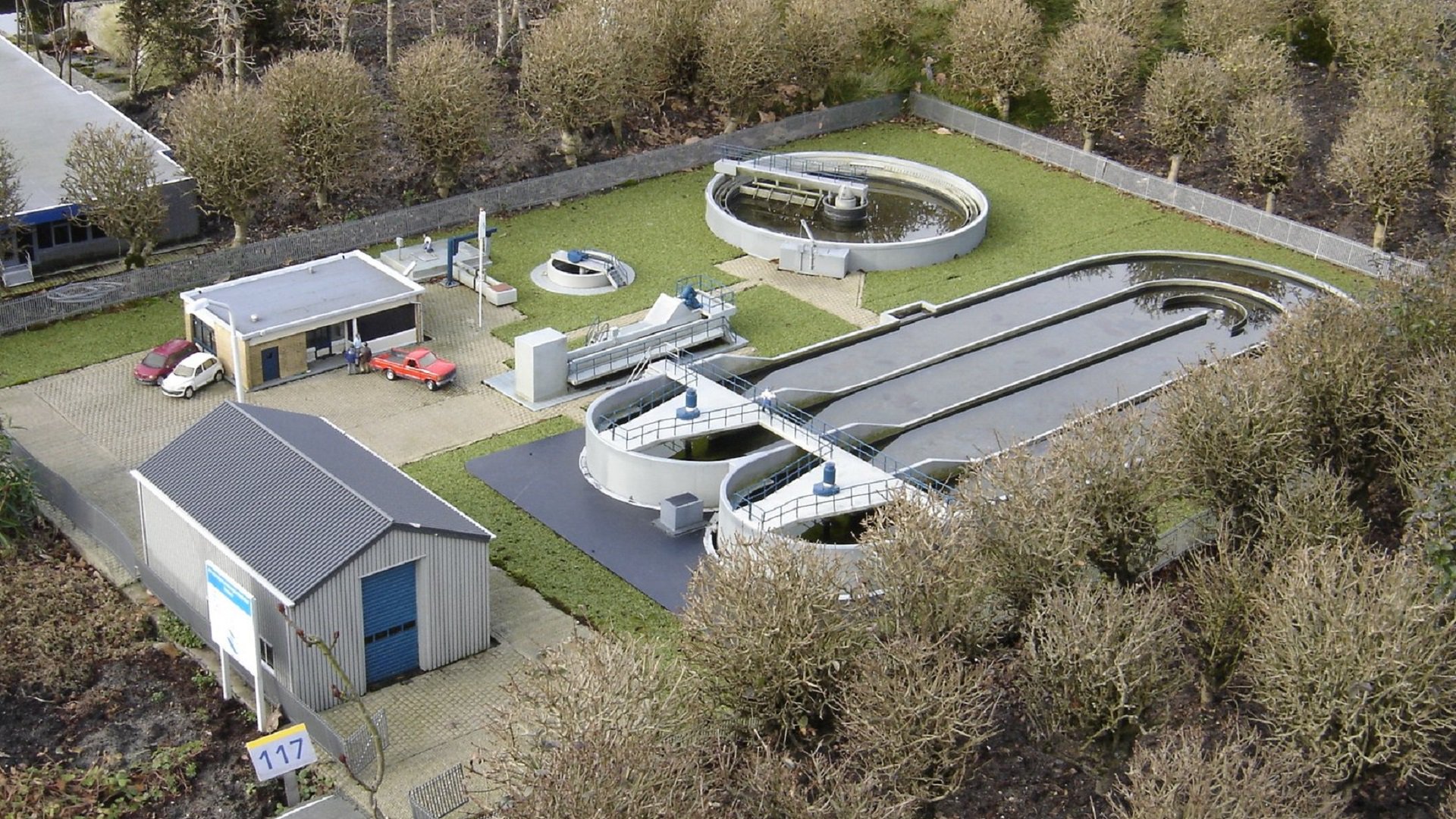The circle of life
Nitrogen gas (N2) makes up the bulk of our atmosphere, about 78%. However, in that form it is virtually useless to most organisms. To be useful, it must first be converted by nitrogen-fixing soil microbes to ammonium (NH4+). Only then can plants absorb it and use it in organic compounds such as sugars, proteins and DNA. Plants are then eaten by animals and nitrogen (as part of proteins for example) circulates through the food chain, to return to the soil via an animal’s faeces. Here it is returned to an inorganic state by soil microbes, for example back to ammonium. And then it starts again, it can be re-absorbed by plants or further processed by other soil microbes into nitrogen gas that is released into the atmosphere.
Anammox – difficult name for valuable bacteria
Initially it was thought that converting ammonium to nitrogen gas was only achieved through a two-step process. First, nitrification: the conversion of ammonium to nitrite (NO2-) and then to nitrate (NO3-). Second, denitrification: converting nitrate to nitrogen gas. As early as the 1970s, an alternative route was proposed where certain bacteria would convert ammonium directly to nitrogen gas and bypass the nitrification/denitrification process. The existence of this pathway was proven by Dutch scientists in the 1990s and it was named anammox (anaerobic ammonium oxidation). Although unknown for a long time, it appears that anammox is responsible for up to 50% of all nitrogen gas production from the sea bed. In addition, it offers a solution for sewage treatment. Compared to the usual aerobic processes that take place here, anammox is cheaper and more environmentally friendly. The reason for this? Anammox is an anaerobic process. This means that it is not necessary to actively supply oxygen, a costly task when done on an industrial scale.
Biological battery
Scientists from Radboud University Nijmegen recently published new findings in the field of anammox in collaboration with colleagues in the journal Nature Communications. Under normal circumstances, anammox bacteria use nitrite as an acceptor for electrons that are released during the anammox process. This takes place in the bacterial cell (within the cell membrane). This study showed that when nitrite is missing, and bacteria are instead provided with an external acceptor for the released electrons, they are able to transport the electrons outside their cells. By making sure this external collection is an electrode, a kind of biological battery can actually be set up. In practice, the bacteria are grown in a liquid filled vessel in which two interconnected electrodes are present. Adding a little current to the system creates a positive electrode (anode) and a negative electrode (cathode). The anode then captures the free electrons (which have a negative charge) from the bacteria, and this leads to a continuous current. Continuously, at least as long as ammonium is present in the liquid for the anammox reaction.
Future favors
Although sewage treatment is still largely carried out via the nitrification/denitrification process, there are already treatment plants in the Netherlands that use the 'normal' anammox process (without electricity production). If the method is perfected, all these installations may be replaced by electricity-generating biological batteries. Sustainable water purification and electricity, free of charge, so to speak.

